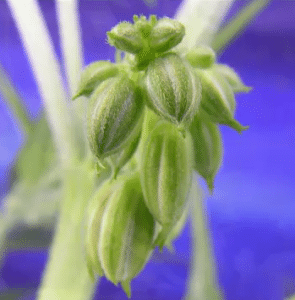Even though marijuana is approved for medical use in nearly 60% of U.S. states, there’s still somewhat of a stigma attached. However, doctors and patients agree that marijuana can be medically beneficial to many people. Here, we will explain 7 diseases that medical marijuana can treat.
A 2013 New England Journal of Medicine study found that nearly 8 out of 10 doctors approve the use of medical marijuana. A survey of California residents found that 92% of patients agree that marijuana is helpful for their symptoms of chronic pain, migraine headaches, and cancer.
Medical marijuana has shown promise in treating many conditions, including the following seven diseases:
- Chronic Pain – Opioid abuse is a worldwide epidemic that often stems from an addiction to prescribed painkillers. Opioids are highly addictive pain medications that should be used with extreme caution. Fortunately, there’s a growing body of evidence to support an alternative. Medical marijuana as a painkiller is less likely to lead to addiction and has been shown to reduce opioid use in patients who suffer from chronic pain.
- Cancer – Medical cannabis can be used to treat pain associated with cancer, but it also may slow the growth of certain types of cancer cells. Animal and in vitro studies have shown that cannabinoids may reduce stop some forms of cancer from spreading.
- Post-Traumatic Stress Disorder (PTSD) – PTSD can be a debilitating condition for which cannabis is the most promising treatment we have today. Researchers have found that people with PTSD have lower levels of anandamide, a compound also found in cannabis. With PTSD, the body doesn’t produce enough endocannabinoids to fill receptor sites, and this is where marijuana helps.
- Multiple Sclerosis – Smoking marijuana has been found to reduce pain and ease muscle spasms in people with multiple sclerosis. In the same way, marijuana has also been found to ease symptoms of people with spinal cord injuries.
- Glaucoma – The idea that marijuana can help with glaucoma dates back nearly five decades. Many studies have shown that cannabis can help lower intraocular pressure (IOP), which the main cause of this disease that can lead to blindness.
- Epilepsy – Studies suggest that marijuana and its active cannabinoids have antiepileptic effects for those who suffer partial or tonic-clonic seizures. In some animal studies, marijuana has also shown promise for reducing seizure thresholds.
- Chron’s Disease – One study found that cannabis improved Chron’s disease symptoms in 90% of people who took it, and 45% of the cannabis group experienced a complete remission.
For the fastest relief, smoke or vaporize marijuana. This is one of the fastest ways to get THC into the bloodstream and brain. It will take longer for you to experience the effects of medical marijuana by ingesting it, but they will last longer.
If you suffer from one of these seven conditions, medical marijuana may provide the relief you’ve been seeking. If you aren’t sure whether medical cannabis has been approved for your condition in your state, check the WikiLeaf map. Then talk to your doctor about using medical marijuana to treat your condition.
Author Bio: Trevor McDonald is a freelance writer and recovering addict & alcoholic who’s been clean and sober for over 5 years. Since his recovery began, he has enjoyed using his talent for words to help spread treatment resources and addiction awareness. In his free time, you can find him working with recovering addicts or outside enjoying about any type of fitness activity imaginable.

























